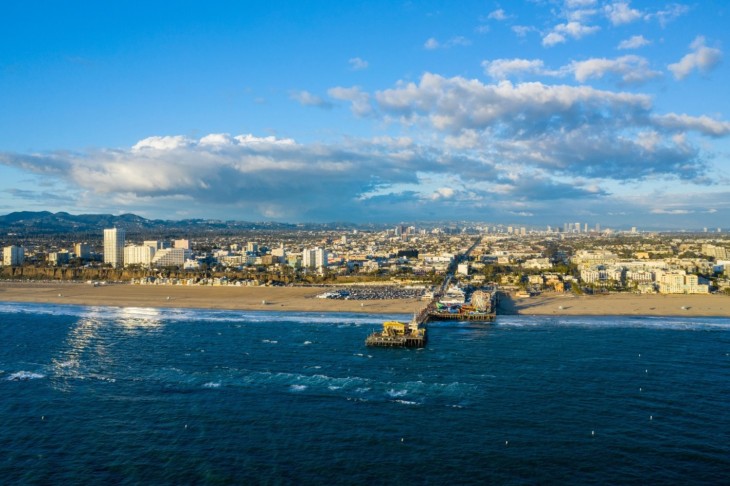It turns out that understanding the federal government’s late-December decision on where to site the testing of unmanned aircraft in U.S. skies is as simple as ABC: Anywhere but California.
Other rationales will be offered for the fact that California, the state with more manufacturers of drone aircraft than any other and more experience testing new aircraft than the rest of America combined, will not get any of this new program.
That’s a new manifestation of the “ABC.” attitude which previously resulted in the ludicrous choice of Buffalo, NY, for a major federal earthquake study center, when Buffalo had not felt a quake in modern times. The government also tried to put the superconducting supercollider advanced physics facility in Austin, Texas, when both the Stanford Linear Accelerator Project and UC Berkeley’s Lawrence Livermore Laboratory would have provided far more Nobel Prize-winning talent to run it. No surprise, that program achieved nothing before it was cancelled.
And the Defense Department has deactivated far more California military reserves in each round of base closings than in any other state.
So it is that New York, New Jersey and Virginia, states with few wide-open air spaces, will get major pieces of this pie, along with Nevada, Alaska and North Dakota, which have plenty of open space, but little of the academic talent usually deployed in major pilot programs.
States chosen as test sites lost no time bragging about their leg up toward winning many of the estimated 70,000 jobs the domestic unmanned aircraft industry is forecast to produce over the next 10 years.
“Our state is now on the world map when it comes to this exciting technology,” said Democratic U.S. Sen. Mark Begich of Alaska, who will use his state’s win as he fights for political survival in that normally Republican state.
And Nevada’s Republican Gov. Brian Sandoval called the selection of the University of Nevada at Reno as a test center a “historic moment” for his state. It surely didn’t hurt that the Senate Democratic leader, Harry Reid, hails from Nevada.
None of that explains why the Federal Aviation Administration passed on California, home of Edwards Air Force Base, where most new military aircraft – including drones – have long been tested. The state also hosts testing for military drone makers like AeroVironment of Monrovia, General Atomics Aeronautical Systems of Poway, along with Lockheed Martin Corp. and Northrup Grumman Corp., both in Palmdale.
Weaknesses are obvious in the FAA’s selections. For one, given its size, California will see more drone aircraft deliveries of goods to homes and businesses than any other state if the technology becomes common, as – for example – Amazon.com founder Jeff Bezos predicts.
So skipping California makes no sense. Nor does the so-called explanation offered by FAA Administrator Michael Huerta, who said his agency considered factors like geographic diversity, availability of ground infrastructure and the volume of air traffic near test sites.
“What we were really looking for was how do we select six that give us the broadest base of (these things) and different climates,” Huerta said.
No state offers more of those items than California, with its varied landscape of deserts, cities, coastlines, mountains and forests. But it is out, even though by Huerta’s criteria it could easily quality to host the entire program.
The good thing about the two California bids for parts of this program was that both got cooperation from Gov. Jerry Brown’s Office of Business and Economic Development and neither experienced the kinds of permitting hang-ups that have sometimes plagued businesses here.
It is also comforting to know the military does not usually site its testing by political criteria, as was plainly the case with this civilian program. Which means military drone makers will almost certainly stay put, even as some of their affiliates experiment in the new test sites.
The bottom line: Until California’s largest-in-the-nation congressional delegation of 55 men and women begins acting with unity to benefit the state and make sure it gets projects like this, other states will gang up to seize money and projects that rightfully belong here. But there are no signs of any such cooperation coming soon.


























